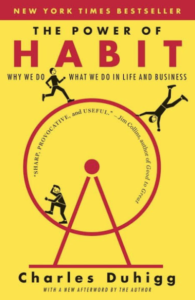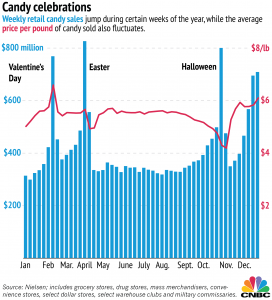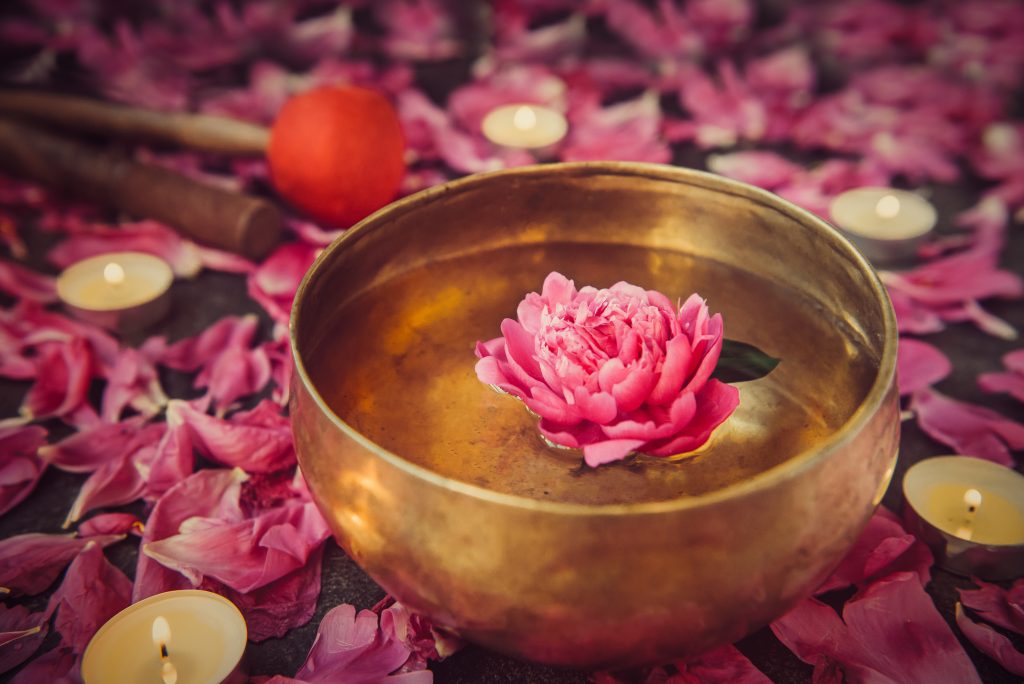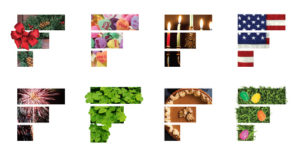Understanding consumer behavior is essential in branding. Unlike marketing, where the goal is to match your offering with a targeted prospect in hope of generating a lead, in branding we position the offering to appeal a relevant audience and generate a feeling.
Last month, we explored habitual behaviors. In part two of this two-part series of essays, we’ll focus exclusively on rituals and how brands function around them.
Understanding the difference between habits and rituals is essential in brand positioning.
 According to Charles Duhigg, author of The Power Of Habit:
According to Charles Duhigg, author of The Power Of Habit:
Habits are behaviors that are self generated. A habit is a decision that someone makes at some point, and then stops making but continues doing. So, for instance, the first time you ate a donut at work, it was a decision. The 45th time, it was a habit that occurred, essentially, unthinkingly.
Rituals are patterns developed by an external source. They are adopted for reasons that might have nothing to do with decision making. Someone might celebrate thanksgiving with a turkey not because they love turkey, but because society has indicated that’s what we eat at thanksgiving.
Rituals are done out of respect for tradition, and we are trained to adopt them as a symbol of acceptance within a larger context of community. While we can have good or bad habits, rituals are beyond judgement. They are demanded and require acknowledgement, if not participation, as part of your cultural identity.
We “perform” rituals by doing prescriptive behaviors in order and at a designated time. It’s an act that proves our desire to be connected to a community of like-minded individuals who also make it a priority.
Holidays are perfect examples of rituals in everyday life. Brands have found lucrative opportunities by establishing their products as symbols of those celebrations. It’s easy to see it in candy sales, but the results are surprising.
 Although Halloween and Valentine’s Day are both associated with candy, it turns out that Easter is the sweetest. Sales volumes tracked by Neilson showed that Americans purchased 146 million pounds of candy in the week before Easter. That’s nearly half a pound of candy for every man, woman and child in the country. And more than was purchased that those other candy focused holidays. It makes sense, Easter is an evergreen ritual; it’s celebrated regardless of age or courtship.
Although Halloween and Valentine’s Day are both associated with candy, it turns out that Easter is the sweetest. Sales volumes tracked by Neilson showed that Americans purchased 146 million pounds of candy in the week before Easter. That’s nearly half a pound of candy for every man, woman and child in the country. And more than was purchased that those other candy focused holidays. It makes sense, Easter is an evergreen ritual; it’s celebrated regardless of age or courtship.
Because of the lucrative opportunities inherent in ritual-oriented products, brands have fun taking creative approaches to participate in them. Consider this list to begin discovery of the rituals that might be aligned with your brand. They’re excellent opportunities for content development that resonates in marketing, especially social media.
- Greeting cards
- Parties & Events
- Historic or Factual Information
- Recipes/ Formulas/ How-to’s
- Sales/Limited Time Offers
- Gifts
But it’s not all fun and games.
Rituals are sacred and must be respected. There’s real risk of offending your audience if not tactfully executed. This requires accurate working knowledge of the real cultural and spiritual foundations of the ritual. Making incorrect assumptions can have negative consequences, so intelligence gathering and testing is essential.
How does your brand find opportunities by engaging in consumer habits and rituals?
Consumers form habits as part of performing their rituals—and that can be the best approach for opportunities. Those habits can be rethought, making it fertile ground for brands to find ways to interact with consumers when the ritual cues the habit.
That’s a tradition that will always endure.

